Dog’s Eyes Rolling Back! (What It Means) Third Eyelid
Eyes rolling back? Seeing anyone’s or anything’s eyes roll back into their head can be terrifying. It is a phenomenon straight out of a horror movie that you don’t want to watch by yourself with the lights off.
We are programmed to see signs like eyes rolling back and immediately raise flags of concern. Seeing your dog’s eyes rolling back can mean something is wrong, but it doesn’t always have to be cause for concern. I’ll break it down here.
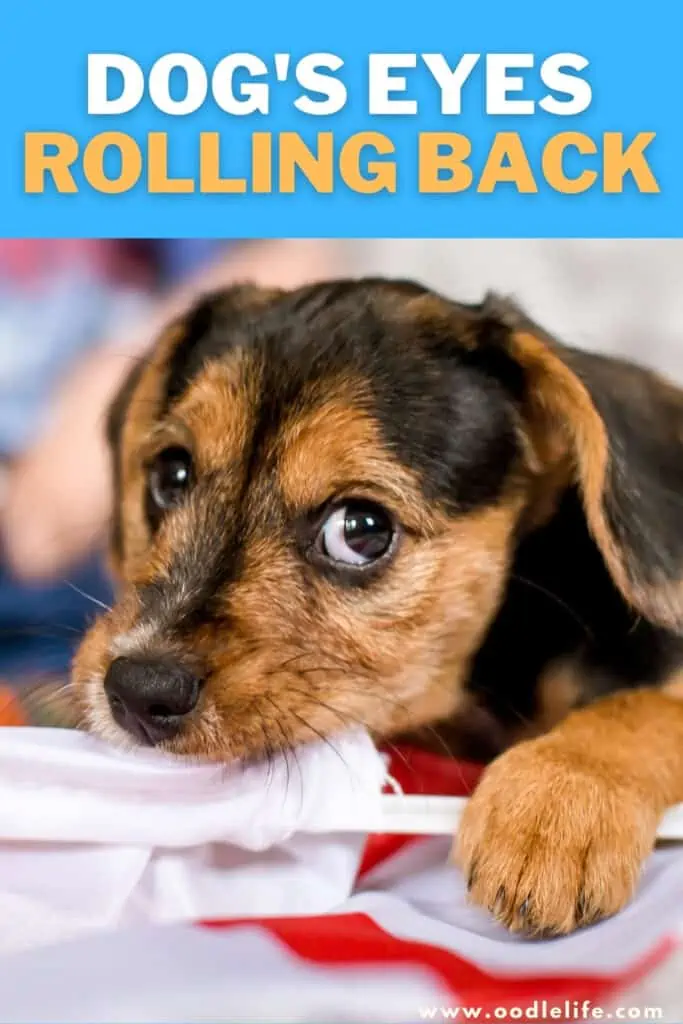
Third Eyelid
The understanding of your dog’s eyes appearing to roll back starts with understanding a critical aspect of a dog’s makeup. If you pay close attention, your dog has a third eyelid called a nictitating membrane. It is meant to stay hidden behind a dog’s normal eyelids but sometimes can be seen.
The third eyelid serves several purposes.
Dogs don’t have the luxury of arms to move branches and other debris out of the way. This is where the third eyelid plays a key role in protecting a dog’s eye. The nictitating membrane adds another layer of protection for a dog’s essential tool for survival, sight.
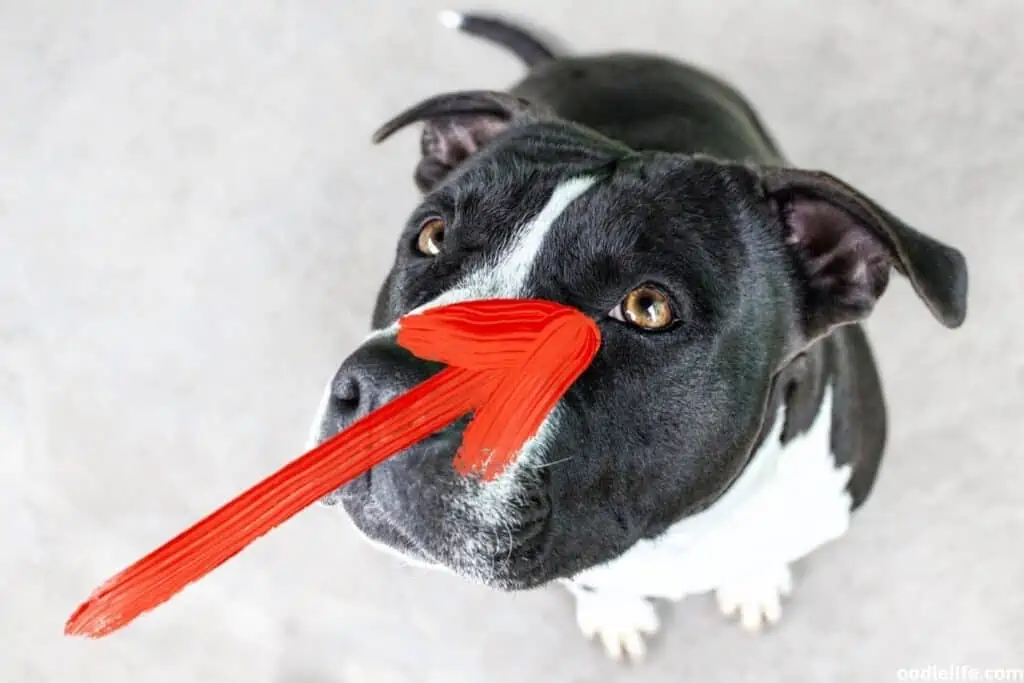
Dogs and humans rely on tear film to maintain healthy eyes and quality eyesight. In dogs, the tear film is produced by two glands, the nictitans gland, and the lacrimal gland. However, the nictitans gland primarily serves this purpose.
The third eyelid works to coat the eye with new tear film and clean the eye. Think of it like a windshield wiper. The visible eyelids act as primary armor to the dog’s eye, while the third eyelid acts as a windshield wiper to scrub the surface clean and apply new tear film.
Pet owners are often mistaken when they believe they see their dog’s eyes rolling back. While not always the case, they most commonly see the exposed nictitating gland. Let’s take a look at some of the problems associated with the third eyelid.
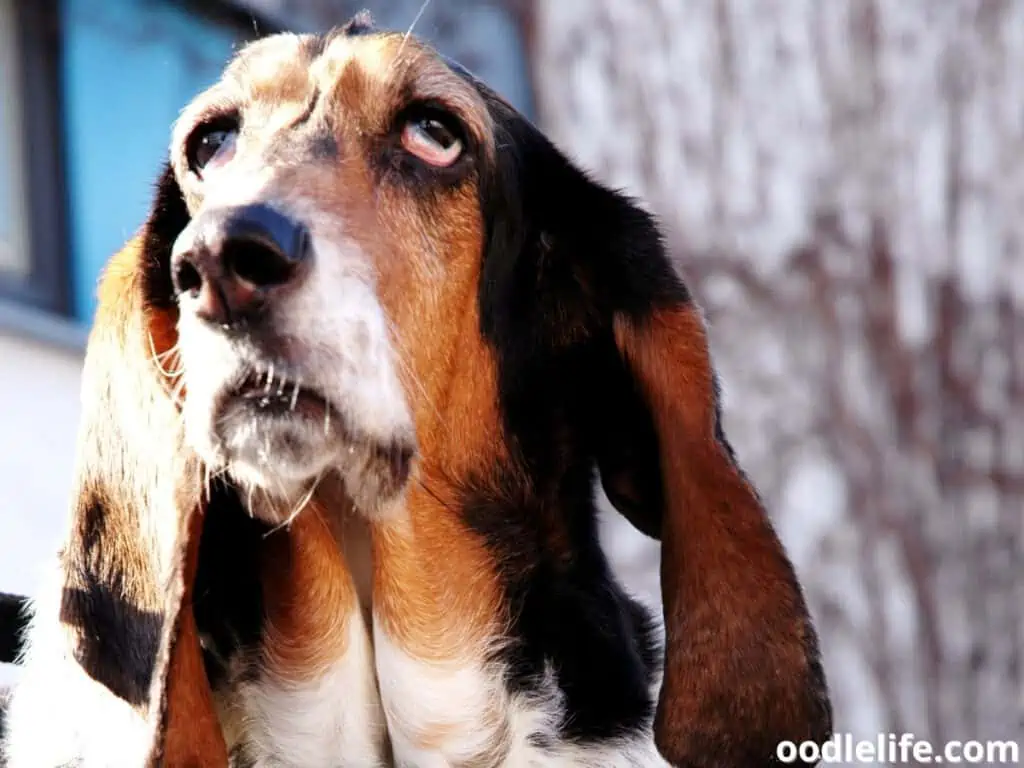
Cherry Eye
A condition commonly referred to as “cherry eye” occurs when a dog’s nictitating gland prolapses. Although this can look extremely painful, it rarely causes painful discomfort in dogs. It can cause itching, so dog moms or dads may see their pet pawing or scratch at the cherry eye.
Avoid scratching at all costs. This membrane is not supposed to be exposed, and scratching can cause more damage and infection-causing debris to enter the eye.
Cherry eye is most common in dogs younger than two years old. It is more common to see a cherry eye in Bulldogs and Beagles of all ages and other select breeds. It is not cause for great concern but left untreated can lead to more severe and long term problems.

Injury
Dogs play hard with their owners and sometimes even harder with their other canine friends. Dogs nip and paw at each other constantly while chasing one another around. This can sometimes lead to injuries to the eye.
Bearing similarity to cherry eye, an eye injury can cause the third eyelid to become inflamed and exposed. Debris and further scratching can cause infection and conjunctivitis. Both of these can be extremely painful for your fur child.
Suppose you suspect that your dog has suffered an eye injury causing the nictitating gland to be exposed. In that case, it is crucial to seek veterinarian help quickly to prevent any further damage or infection. A prolonged infection to an eye can cause long-term damage that your pet may not be able to recover from completely.
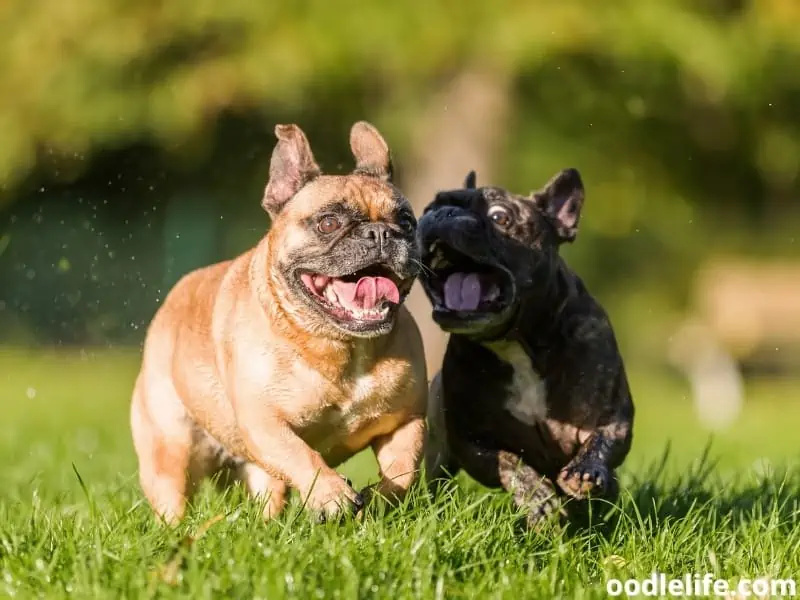
Neurological Conditions
Cherry eye and minor injuries don’t necessarily sound the panic alarm. On the other hand, exposure of the third eyelid can indicate certain neurological conditions. Some of these neurological conditions can be dangerous and concerning.
A disorder known as Horner’s Syndrome is one of the most common causes of exposed nictitating glands in dogs. Most of the time, the cause of this disorder cannot be determined. It is commonly attributed to head injuries or types of tumors that can press against nerves preventing the third eyelid from being held back in its proper place.
Don’t jump to conclusions about Horner’s Syndrome if you notice an exposed nictitating gland on your pet. There are several other symptoms that you should be able to observe that would indicate this disorder. Dogs suffering from Horner’s will commonly display abnormal facial features such as droopy eyelids and other facial features.
This is caused by the dog’s body’s lack of ability to control specific muscle movements.
Other neurological disorders can cause similar swelling of the nictitating gland, but Horner’s is the most common. Golden Retrievers and Cocker Spaniels are the most common breeds plagued by Horner’s; however, other breeds can also suffer from the disorder.
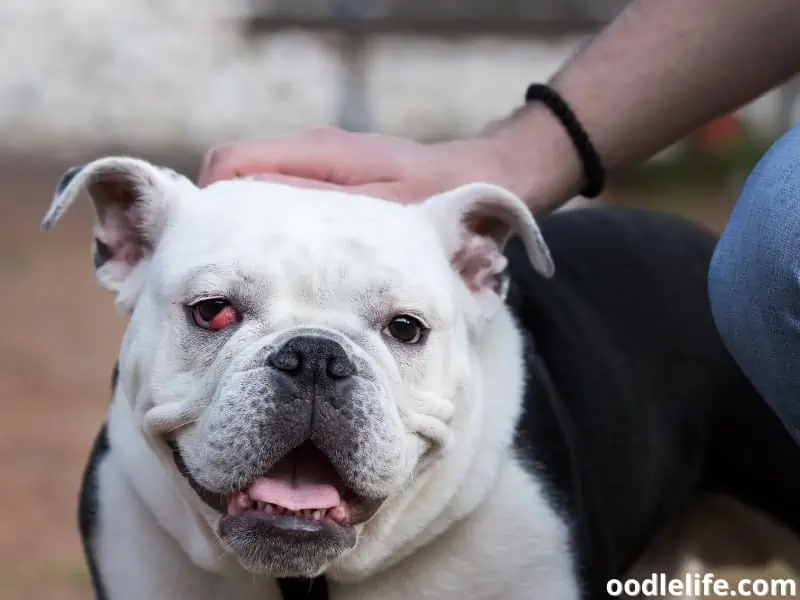
Nystagmus
The term nystagmus is defined as the involuntary jerking of the eyes. Although it sounds like a foreign term, most people are more familiar with this than they realize. If you have ever watched the TV Show Cops, you have probably seen nystagmus testing.
When police officers are checking someone’s eyes, they are testing for nystagmus caused by alcohol. However, very few people have a natural or resting nystagmus. The presence of natural nystagmus often indicates a neurological condition that should be medically addressed immediately.
Like humans, nystagmus in dogs is not normal and can indicate potentially dangerous neurological conditions. This condition typically occurs from birth but can have an onset later in a dog’s life. Along with nystagmus, you will notice a lack of coordination, constant head-tilt, or your dog walking in circles.
If you suspect your dog of having nystagmus, seek veterinarian help immediately. Vets can accurately diagnose this condition and prescribe medication to help your fur baby. Getting older dogs to the vet even quicker is crucial as age can hinder a dog’s ability to recover from this condition.
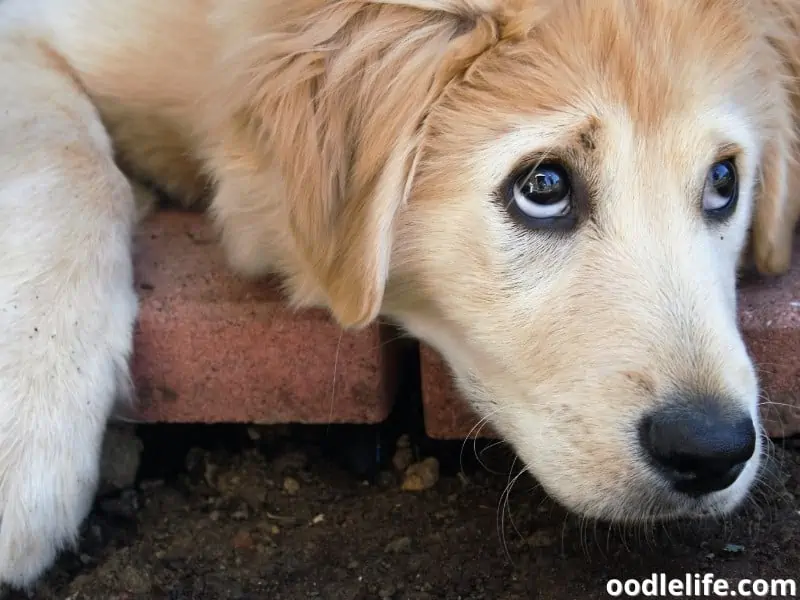
Seizures
When people see someone’s eyes roll back in their head, they often assume a seizure is occurring. Our canine friends can suffer from seizures just like humans can. Seizures can be the cause of your dog’s eyes rolling back.
Like other things we have discussed previously, don’t jump to conclusions. Several other signs and symptoms can indicate a seizure. Let us take a look.
If you notice your dog’s eyes roll back before you panic, take a moment to assess other aspects of your pet. If you also see your pet staring off into space, almost unconscious even though they appear to be awake, this could be another sign that a seizure is occurring.
If you notice eyes rolling back and your dog drooling more than they usually would, this is another tell-tale sign of a seizure.
Injuries and medical conditions can cause seizures in animals, although it is often difficult to determine the actual cause. At any rate, it is vital to get your pet to the vet quickly. A veterinarian can prescribe medication to prevent future seizures.
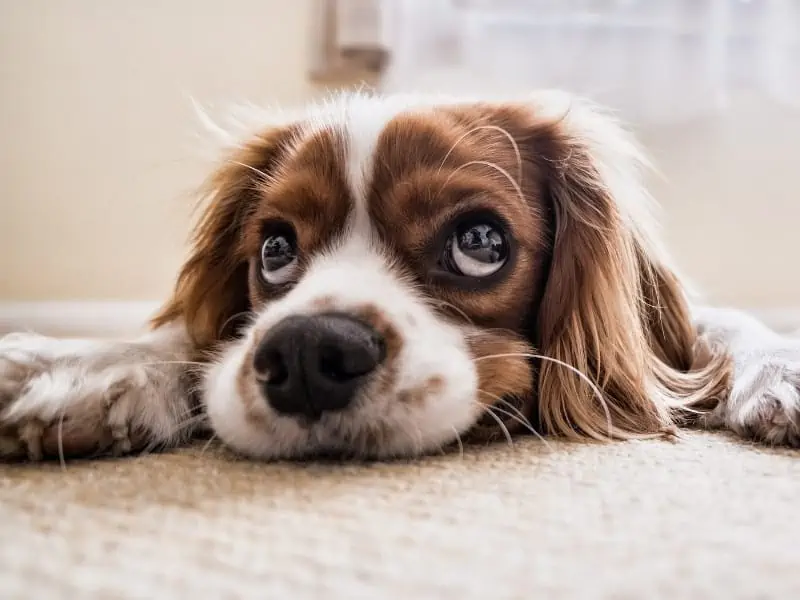
Maybe Your Dog is Telling You Something
A lot of us wish that we could sit down and have a conversation with our animals. Even though we cannot speak to them in our native tongue, that does not mean that they do not try to communicate with us—that’s why dogs stand and cry by the door when they need to be let outside.
If your dog’s eyes roll back, they may be trying to tell you something. Pay attention to what follows that action. If eyes rolling back is accompanied by other unusual actions, they may be trying to tell you that they are in pain or feeling discomfort.
Some of these unusual actions could be pacing, loss of interest in food, and restlessness.
If you see your dog’s eyes roll back, accompanied by some of the previously listed actions or any other unusual actions, you should take your pet to the vet. The vet will be able to determine where the pain or discomfort is coming from and treat it accordingly.
Of course, it is always the best practice to stay on top of your dog’s health. Regular vet visits, exercise, and healthy eating habits help prevent your dog from suffering from many conditions.